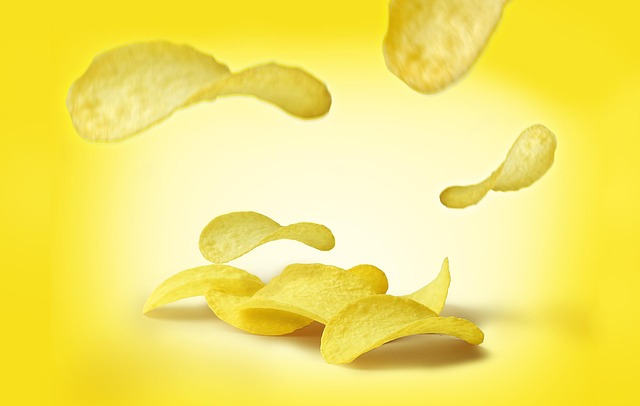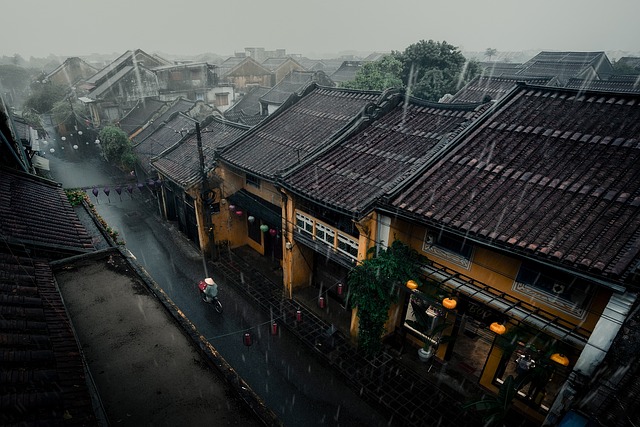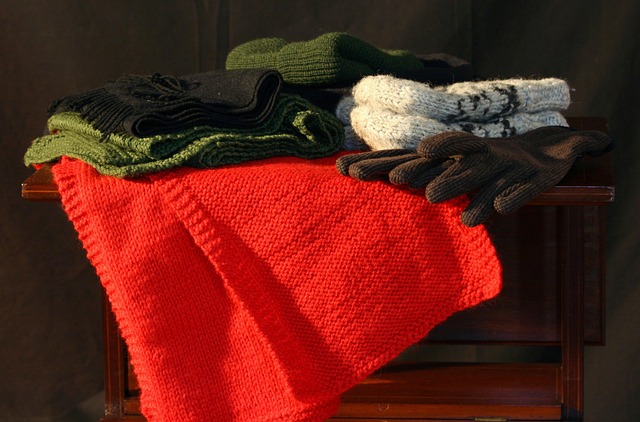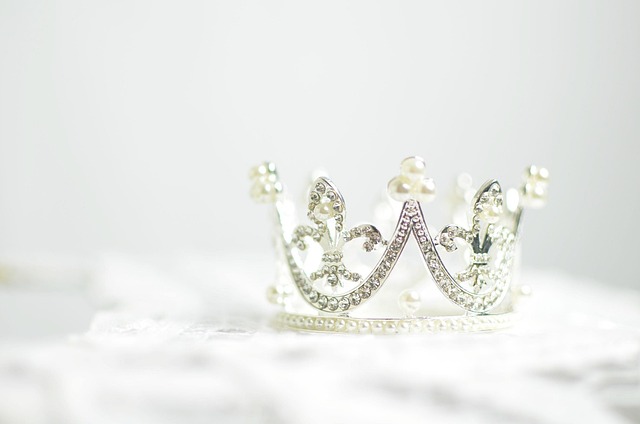In today’s visually-driven world, the rapid evolution of trends has created a unique intersection between fashion and art. The phenomenon of fast fashion has not only changed the way we shop but has also significantly impacted the aesthetic landscape of art and design. As the demand for trendy clothing escalates, designers and artists alike find themselves navigating this whirlwind of creativity and consumerism.
The essence of fast fashion lies in its ability to quickly bring high-street looks inspired by the latest catwalks to the masses. However, this speed comes at a cost—not just to the environment, but to the very fabric of artistic expression and design integrity. With brands churning out collections in record time, the lines between art and commerce have become increasingly blurred, prompting a reevaluation of what it means to create.
Art has always been a reflection of society, and in the case of today’s fashion industry, it is a mirror that reflects both brilliance and chaos. Designers are now challenged to infuse their collections with originality while competing against the rapid cycle of fast fashion. Many artists are stepping up to the plate, drawing inspiration from the transient nature of fast trends to create pieces that critique or celebrate this phenomenon. This relationship fosters a vibrant dialogue about authenticity in an age of oversaturation.
Moreover, the architectural principles of design are evolving to accommodate the swift demands of style. Minimalism, bold visuals, and eco-consciousness are emerging as art and design’s response to the challenges posed by fast fashion. For instance, sustainable materials and innovative silhouettes are being championed by forward-thinking designers. As art movements intertwine with fashion, we witness the rise of conceptual pieces that challenge our perception of value and beauty in our wardrobes.
Street art and graphics have also found their way into the mainstream, often serving as the backdrop against which fast fashion thrives. The dynamic nature of urban landscapes inspires fashion designers, resulting in vibrant collections that tell a story of culture and identity. This fusion of fashion and art reflects our collective desires for uniqueness, allowing individuals to express themselves in a world that often feels homogenized.
As we continue to embrace this ever-changing landscape, it’s essential to engage with the impact of fast fashion on art and design. The next wave of artists and designers has the opportunity to redefine roles, creating works that inspire, provoke, and educate. By addressing the implications of rapid production cycles and consumer culture, they can pave the way for a more sustainable, thoughtful approach to fashion that honors artistic integrity.
In this era of fast-paced change, it is clear that art and design are not merely supplementary to fashion; they are integral to shaping its future. Whether we are discussing trends on the runway or the streets, the dialogue between fast fashion, creativity, and self-expression remains an essential conversation for anyone passionate about Divat.




